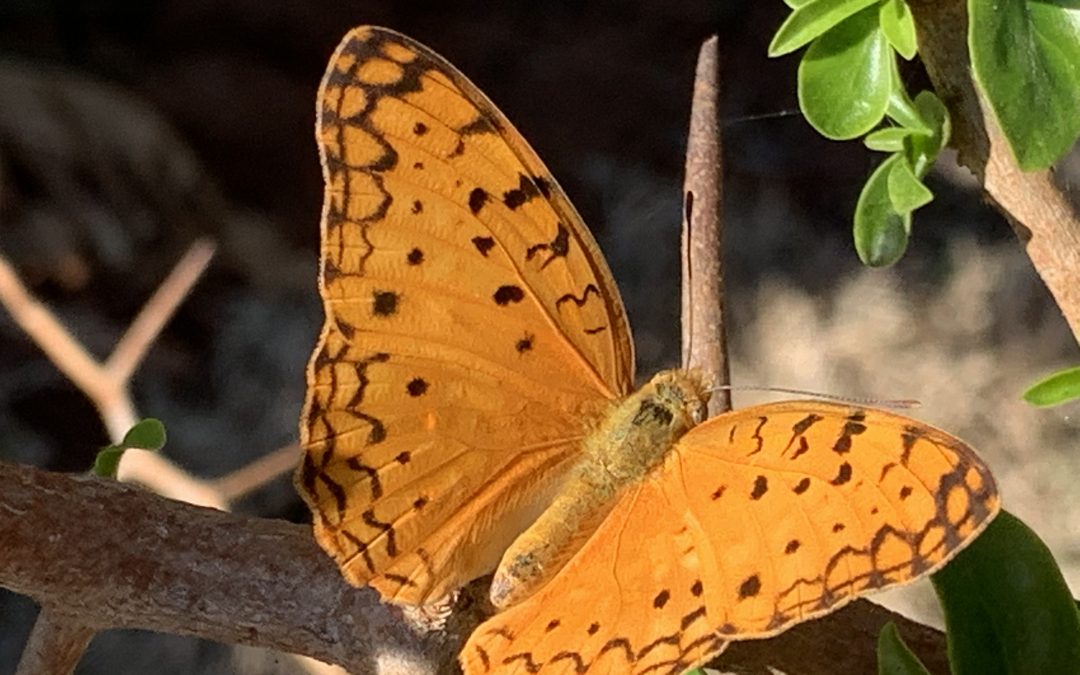Residential areas are an integral part of the urban fabric found in cities. Municipalities or private developers establish the basic infrastructure in vacant derelict land. Home owners purchase the land and develop their home on the land. In the construction process the biodiversity that was present on the land is destroyed or displaced. Only the very hardy plants and animals remain. Gardens are landscaped to suit the needs of the family. Space is set aside for various functional activities such as a place for the kids to play, an area to grow vegetables in, ornamental planting at the front of the house and a small herb garden near the kitchen. In formal estates there may be a landscape code the garden has to comply with and are the specifications for the landscape design more complicated. Plants to be used are pre-selected and specified and only the listed plants may be used.
In my career as a landscape consultant I get to visit residential estates and to inspect gardens. The more I look the more I become despondent. Gardens planted by commercial landscapers may tick the boxes in terms of selected plant species planting densities fit the budget of the client and may even be aesthetically attractive.
The gardens are planted up with plants that do not render much to the environment in terms of food or shelter. Plants that are easily propagated by taking slips off stock plants are stuck in the ground as unrooted cuttings a left to survive. Extensive beds of the same plant used almost all the way around the house. These plants are hardy and require little maintenance. It is like stepping into a green desert.
What I find unbelievable is that many of the gardens we inspect we find the home owners do not relate to their garden. They appear oblivious of invasive alien plant species growing in the garden. Bare soil in the flower beds eroding away from being exposed to the elements is of no concern. The soil in the garden is devoid from carbon rich organic material or compost and has become densely compacted. The plants are under stress from drought in the presence of an irrigation system that appears not to be working or is out of commission.
Gardens are places where the residents are supposed to connect to nature. People are so stressed by the modern day living demands and pressures that you need a place where you can destress. It is meant to be a place where the residents can relax and actually feel relaxed when they observe the natural space. There must be an isolated area where people can find solitude so that the mind can become quiet and recharge. It is true that the pace of modern living is hectic and that people don’t have time to maintain the garden.
It will make sense to return a part of the garden to the wild. Plant it up with locally indigenous trees, shrubs and groundcovers that area particularly suited to the local environment. Visit the nearest nature reserves and look for habitats that resemble your garden environment and study the plants that grow in those conditions. Those plants are the ones you need to plant in your garden. Create functional habitats like a shallow pond where frogs can breed. Create a rock pile where lizards can make burrows. Build a bee hotel will various wood off cuts where carpenter bees can build their nests. Ask a local beekeeper to establish a bee hive in a secluded part of the garden. Reduce the area of lawn in the garden as this area requires the most maintenance but offers very little return for the environment. Plant the plants that are known to be butterfly food plants. Do not get stressed when caterpillars eat the plant as that is only a stage in the insect’s life cycle. The plants will recover. It is a sign of a healthy garden. Discover the reward of a nature garden when multiple life cycles become inter-connected and you can see nature display its best for you. Make your garden an extension of the natural habitat. Let your garden become a stepping stone for wild life.

